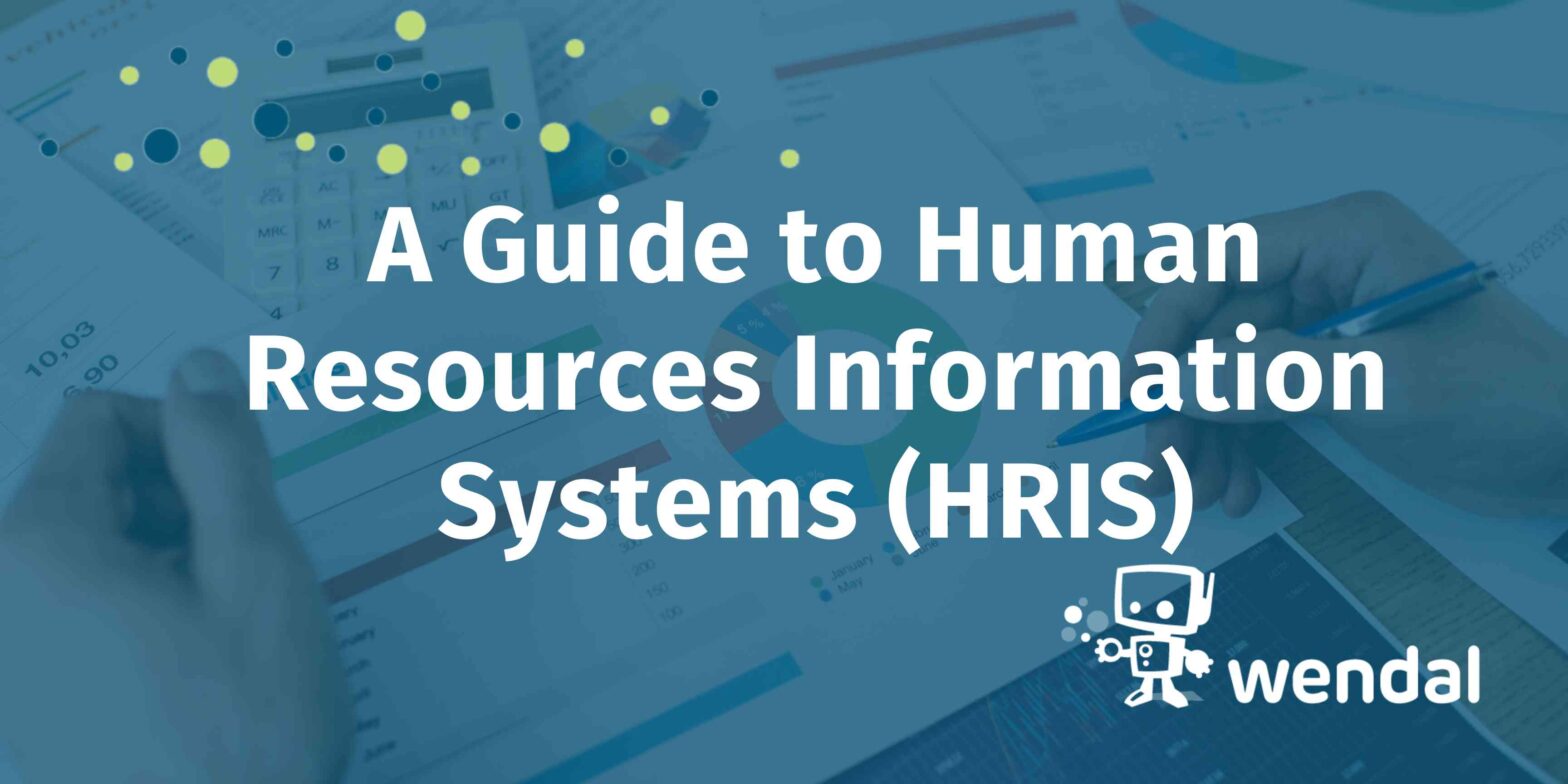A Guide to HRIS Systems
HR management plays a crucial role in every organization’s success. With the advent of technology, Human Resource Information Systems (HRIS) have revolutionized how HR processes are managed. In this comprehensive guide, we will delve into HRIS systems, exploring their definition, features, benefits, implementation process, and more. By the end of this article, you will understand how HRIS systems can transform your HR operations and help your organization make smarter decisions.
What is an HRIS System?
An HRIS system, or a Human Resource Information System, is a software solution designed to streamline and automate various HR tasks. It is a centralized hub for managing employee data, facilitating efficient HR operations and strategic decision-making. HRIS systems encompass a wide range of functionalities tailored to meet the unique needs of businesses, including employee record management, payroll processing, attendance tracking, performance management, and talent acquisition.
Key Features and Functionality of HRIS Systems
Employee Data Management
HRIS systems allow organizations to store, update, and access employee information in a secure and centralized manner. This ensures data accuracy, eliminates manual errors, and enables easy retrieval when needed.
Payroll and Benefits Administration
Automating payroll processes and benefits administration saves time and reduces the risk of errors. HRIS systems enable seamless integration with payroll providers, ensuring accurate and timely employee compensation.
Time and Attendance Tracking
HRIS systems simplify time tracking by providing tools to monitor employee attendance, leaves, and absences. This feature helps optimize workforce planning, improves scheduling, and ensures compliance with labor laws.
Performance Management
HRIS systems provide a structured framework to assess and manage employee performance. Through performance tracking, goal setting, and performance reviews, organizations can foster a culture of continuous improvement and enhance employee engagement.
Recruitment and Onboarding
Streamlining the hiring process is crucial for organizations. HRIS systems offer applicant tracking functionality, allowing businesses to manage job postings, track candidates, and automate onboarding processes. This reduces administrative burden and improves the overall candidate experience.
Benefits of Implementing an HRIS System
Increased Efficiency
By automating routine HR tasks, HRIS systems free up valuable time for HR professionals to focus on strategic initiatives. This leads to increased productivity and enables HR teams to contribute more effectively to organizational goals.
Enhanced Data Accuracy and Security
HRIS systems ensure data integrity by eliminating manual entry errors. Additionally, they provide robust security measures to protect sensitive employee information, adhering to data protection regulations.
Improved Decision-Making
Access to real-time and accurate people data empowers organizations to make data-driven decisions. HRIS systems provide valuable insights into workforce analytics, enabling businesses to identify trends, forecast needs, and optimize resource allocation.
Cost Savings
Implementing an HRIS system results in cost savings by reducing administrative overhead, eliminating paper-based processes, and automating time-consuming tasks like payroll and benefits administration.
Scalability and Flexibility
HRIS systems are designed to grow with your organization. They can accommodate increasing employee data and adapt to changing business requirements, ensuring a scalable and flexible HR infrastructure.
Implementing an HRIS System: The Process
Identify Needs and Objectives
Before implementing an HRIS system, it is crucial to define your organization’s specific needs and objectives. This includes assessing current pain points, establishing goals, and aligning them with the features and functionality of potential HRIS solutions.
Vendor Selection
Research and evaluate reputable HRIS vendors that align with your organization’s requirements. Look for industry-recognized accreditations, user reviews, and comprehensive support services.
Data Migration and System Configuration
Plan the migration of existing employee data to ensure a seamless transition. Configure the HRIS system according to your organization’s structure and processes, including customizing workflows and access levels.
User Training and Change Management
Prepare and deliver training programs for HR staff and employees to ensure the successful adoption of the new HRIS system. Implement change management strategies to mitigate resistance and ensure a smooth transition.
Conclusion
HRIS systems have revolutionized HR management by automating processes, improving efficiency, and empowering organizations with data-driven decision-making. Understanding the benefits, features, and implementation process of HRIS systems is essential for organizations looking to streamline their HR operations and drive success. Embrace the power of HRIS systems, make smarter decisions, and propel your organization toward a future of optimized HR management.
At Wendal® Talent Insights, we provide world-class HR solutions to help businesses build better teams, reduce turnover, and mitigate risk. By leveraging our tailored HRIS systems, organizations can transform their HR operations and align their strategies with data-driven insights. Contact us today to explore how our expertise can revolutionize your HR management.
Common HRIS System FAQs
- Are HRIS systems only suitable for large organizations?
- Can HRIS systems integrate with other software solutions?
- How secure are HRIS systems?
- What are the implementation costs associated with HRIS systems?
- What is the typical timeline for HRIS system implementation?



